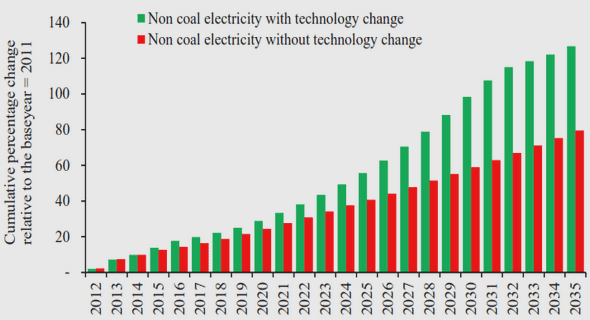(Downloads - 0)
For more info about our services contact : help@bestpfe.com
Table of contents
Introduction
1. Cavity quantum electrodynamics with single atoms
1.1. Ideal case: Two atomic levels, one light mode
1.1.1. The Jaynes-Cummings model of the closed system
1.1.2. Master equation for an open system
1.1.3. Steady state solution to the master equation
1.1.4. Analysis of the steady state solution
1.2. Real-world atoms and cavities
1.2.1. Master equation for many levels and two light modes
1.2.2. Solution to the full master equation
1.3. Conclusion
2. Setup
2.1. Overview
2.2. Cold atoms and BEC on an atom chip
2.2.1. Atomchip and magnetic micro traps
2.2.2. Vacuum apparatus
2.2.3. Laser system for cold atoms
2.2.4. The optical setup around the vacuum chamber
2.3. The high-finesse cavity
2.3.1. Introduction
2.3.2. FFP laser system and locking scheme
2.3.3. Transfer cavity
2.4. Experimental sequence
2.4.1. From the magneto-optical trap to a BEC in the cavity
3. Coupling single atoms to the cavity
3.1. Introduction
3.2. Coupling of single atoms in a waveguide to the cavity
3.3. Microwave based single atom extraction
3.3.1. Heralded preparation of single atoms
3.3.2. The reservoir and single atom extraction
3.3.3. Reservoir removal
3.3.4. Zeeman-state preparation
3.3.5. Two atom probability
3.4. Characterisation of the single atom-cavity system
3.4.1. Dipole trap lifetime
3.4.2. Single atom internal state dynamics
3.5. Vacuum Rabi splitting
3.5.1. Spectroscopy of the strongly coupled system
3.5.2. Fluorescence single atom vacuum Rabi spectrum
3.6. Conclusion
4. Detection of a single atom hyperfine state
4.1. Introduction
4.1.1. Single atom state detection methods
4.1.2. Detection error and fidelity
4.2. Accessing the quantum state from photon counts
4.2.1. Counts thresholding in two dimensions
4.2.2. Maximum likelihood method
4.3. Experimental results
4.3.1. Measurement of the detection efficiency
4.3.2. Time dependency of the detection efficiency
4.4. Conclusion
5. Measurement backaction
5.1. Information gain and scattering in cavities and in free space
5.1.1. The minimum detection error
5.1.2. Backaction and scattering
5.2. Non-ideal cavities and measurements
5.2.1. Helstrom bound for our cavity
5.2.2. Photon counting and the Chernoff information
5.2.3. Scattering in non-ideal cavities
5.3. Experimental results: Scattering and accessible information
5.3.1. Experimental parameters
5.3.2. Measurement of Zeeman state diffusion and scattering rate
5.3.3. Detection error vs. scattering
5.4. Measurement of the Helstrom bound of the atom-cavity system
5.4.1. The quantum Zeno effect
5.4.2. Zeno effect on a single atom coupled to the cavity
5.4.3. Zeno effect for a single atom
5.4.4. The Helstrom bound
5.5. Conclusion
6. Conclusion and Outlook
A. Appendix
A.1. Rubidium data
A.1.1. Physical properties
A.1.2. Hyperfine structure
A.2. APD correction factor
A.3. Publications
Bibliography




